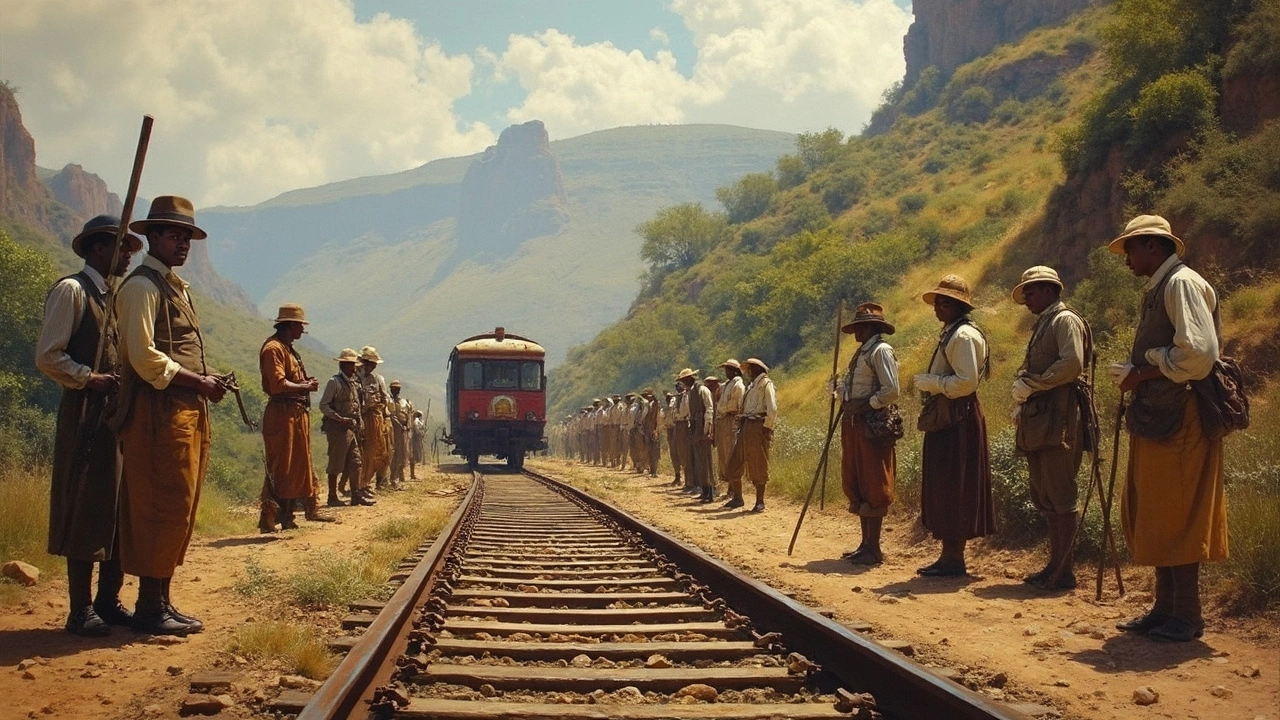Modern Rail Systems: How Innovation is Changing the Rails
If you think railway systems haven’t changed much, think again. Modern rail systems are shifting gears with smart designs like ladder track and Tubular Modular Track. These setups improve stability, cut down on maintenance, and solve problems older track systems struggled with. Let’s break down what makes these new rail concepts tick and why they matter today.
What’s Ladder Track and Why It’s Back
Ladder track isn’t a new invention—it started in 19th-century Britain but fell out of fashion around 1860 when traditional sleeper tracks took over. The cool thing? It’s making a comeback thanks to modern engineering tweaks. Instead of using separate sleepers, ladder track uses long beams laid lengthwise, linked by cross beams, creating a strong ladder-like frame that holds the rails firmly. This design spreads out the train’s weight more evenly, reduces vibrations and noise, and can be tailored to different environments, whether it’s wet, dry, or sandy.
Why the comeback? Maintenance is easier and cheaper. Modern versions like Tubular Modular Track, especially used in projects like South Africa’s Gautrain, simplify installation and offer better durability than old styles. This is huge for cities and mines where time and money are tight.
Benefits of Modern Rail Innovations
Modern rail systems focus on practical gains. For example, ladder track reduces the pressure rails put on the roadbed, meaning tracks last longer and need fewer repairs. It also limits vertical vibrations, making rides smoother and more comfortable. With innovations from places like Japan’s Railway Technical Research Institute (RTRI), these systems are getting even better, designed to withstand tough weather and heavy use without breaking a sweat.
Plus, using these advanced track designs supports faster and safer urban transit. They cut down noise and maintenance, which means fewer delays and less hassle for passengers. It’s a win for both commuters and operators. And by making rail infrastructure more reliable, it’s easier to build new routes that connect cities and towns better than before.
In a nutshell, modern rail systems like ladder track combos are reshaping how we think about trains and tracks. They take old ideas, fix what didn’t work, and add new tech to keep trains running smoother and longer. When you hop on a train in cities using these technologies, you’re riding on the future of rail travel.
Ladder Track systems, with their historical roots in 19th-century railways, are making a comeback due to their modern adaptations. These tracks promise reduced maintenance and enhanced stability with innovative designs like Tubular Modular Track and RTRI Japan's configurations. Ideal across diverse environments, ladder tracks cater to the evolving needs of contemporary rail infrastructure.


 Sports
Sports